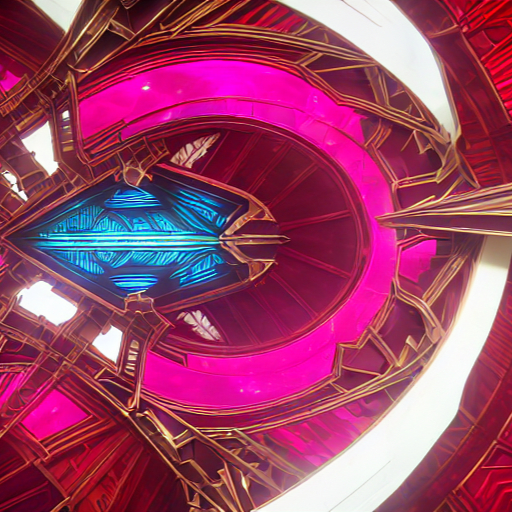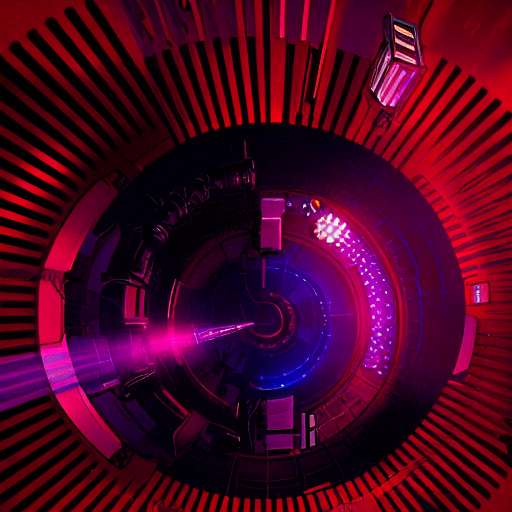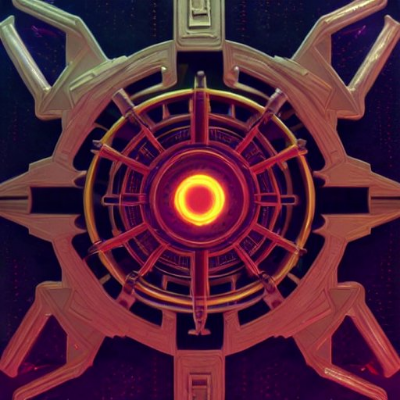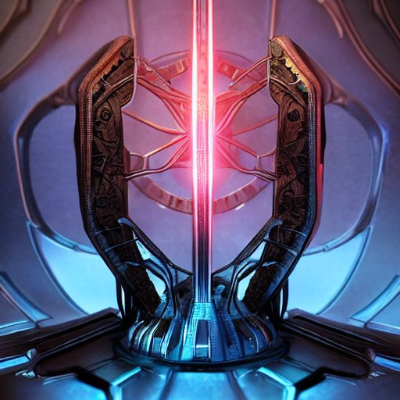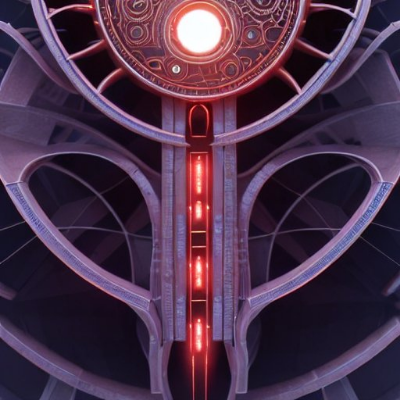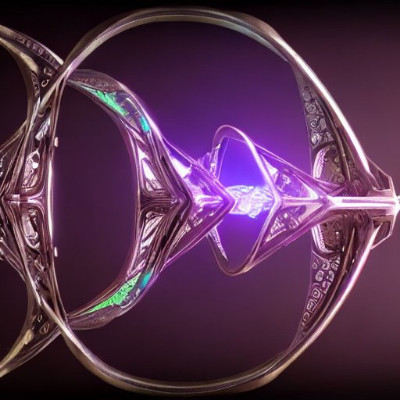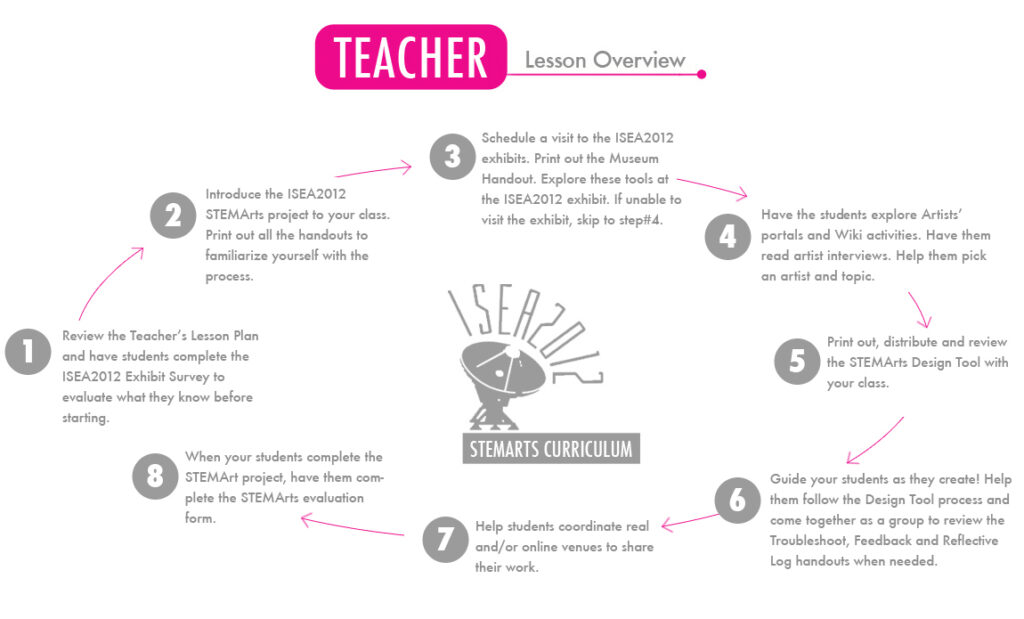
About the Lesson Plan
The ISEA2012 Teacher Lesson Plan is provided online through this website as a step by step guide and is also available as a pdf. It was designed to guide you and your students through the creative design process using the ISEA2012 event, and the work of the featured artists as a springboard for collaborative learning and teaching. The diagram above proposes a sequence of steps that you can follow to implement the content and tools from the website. The site was designed to provide innovative support systems for the teacher, and engaging self guided tools for the student. This process provides a deep and meaningful experience that aligns with The Partnership for 21st Century Skills.
- Focuses on 21st century skills, content knowledge and expertise.
- Builds understanding across and among core subjects as well as 21st century interdisciplinary themes.
- Emphasizes deep understanding rather than shallow knowledge.
- Engages students with the real world data, tools, and experts that they will encounter in college, on the job, and in life–students learn best when actively engaged in solving meaningful problems.
- Allows for multiple measures of mastery.
Get Started with the ISEA2012 Project
The Get Started guide will walk you through the curriculum tool and provide you with some ideas on how to integrate STEM + Arts in diverse learning environments. This section also includes the student guide.
Tips For Educators and Students
FOR EDUCATORS
The ISEA2012 STEMArts curriculum tool should be used as a resource that can supplement existing teaching practice and lesson plans through the introduction of the materials online. We hope the Wiki-Resource inspires educators and encourages confidence to try new ideas from beyond their own discipline. The curriculum’s content has been organized thematically around the artists’ projects, their influences and the underlying principles that inform their work. By undertaking a project and exploring the resources, the student is encouraged to develop, design, and research skills as well as practical ART/SCI techniques and knowledge.
The curriculum tool should not be considered as a replacement for a teacher’s experience or for teaching STEM subjects, but more as an engaging and stimulating way to develop an understanding of the principals and concepts of STEM and how it contributes to the world we live in.
FOR STUDENTS
By using the ISEA2012 STEMArts curriculum tool you are encouraged to explore a diverse range of practices and techniques that will develop a broad understanding of the key areas and principles that the artists have engaged with. It´s important to remember to ask questions if there’s anything you aren’t sure with or encounter problems with some of the resources. Just like anything you find online, it’s important to consider the quality of information, the source and if it is effective e.g. were the instructions easy to understand and did it work? Learning to assess information critically and being able to apply what you have learned is really important. Your learning experiences will be valuable, whether it is skills and techniques from the resource or the ability to assess the quality of the resource.
Implementing Diverse Perspectives
Anita McKeown
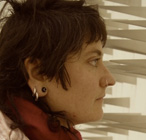
About the ISEA2012 Curriculum Content.
Anita McKeown, ISEA2012 Curriculum consultation and development and CATALYST Manager, SMARTlab, University College Dublin
The ISEA2012 STEMArts curriculum harnesses the immense knowledge already available online. A 21st Century student needs to be able to find relevant information, critically assess it, and apply it in a range of contexts and circumstances. Some of these skills are difficult to acquire using conventional teaching methods.
When using the ISEA2012 STEMArts curriculum both the student and the teacher should be mindful that these are open resources, uploaded by amateurs and professionals alike. Rather than viewing this with concern, this is an opportunity for students, with the support of their teacher, peers, and other users, to learn to critically assess the information they find online.
The curriculum encourages the students to use integrated and blended learning; as well as other disciplines that encourage understanding and diverse methods that support different learning styles.
These modes of learning encourage students to make meaningful connections with the curriculum and what they learn. This makes it easier to apply the knowledge they have learned as it is related and connected. This approach to learning encourages ‘deep learning’ through engaging more parts of the brain (Zull, 2002) and maximizing the density and number of neural connections. The brain, then, becomes connected enabling more useful information to be applied at any one time and consequently re-enforces the learning. The brain processes uses biological and electrochemical principles and does not segregate information into exclusive regions separate from the cerebral cortex (Wesson, 2000). Teaching and learning that uses integrated and blended learning approaches encourage a complex neural circuitry that is representative of what we have experienced, uncompartmentalized and what Ken Wesson (2000) calls “brain-considerate learning.”
Marie Reyna
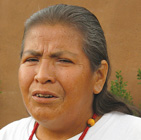
On engaging Native American youth in STEM
Marie Reyna, Founder of Oo-Oonah Art Center, Taos Pueblo
My name is Marie Reyna. I am from Taos Pueblo often times referred to as the Red Willow people. My mother, Annie Cata Reyna, a graduate of New Mexico A & M with a degree in home economics, laid a foundation for her children in education. I have three siblings two of whom are in education, and I myself have a background in Animal Science from New Mexico State University.
But as director of the OO-Oonah Art Center for the past 25 years, I have seen many kids from the pueblo who do not choose to go to college or have STEM careers. Many can not see how they would fit in modern society and still maintain their cultural and traditional ties to their communities. If they could see that there are opportunities for STEM careers in their communities, the choices become more open.
I see that young people associate science and technology with modern discoveries that are part of western culture. Western history has perpetuated the myth that Native Americans are uncivilized, savage, heathen and do not have a social order. As a result, entire generations have been taught that their civilization is of no use in the modern industrial age. The underlying beliefs are that nothing existed before “America” happened and that only Western trained individuals come up with STEM innovations. However, ancestral archeological records speak for themselves. The fact is that science is engrained through generations of pueblo cultural knowledge. The idea of individualized degrees in engineering, medicine, or mathematics are often disconnected concepts to Native Americans. Our culture sees STEM and the arts as an integrated part of nature, culture and traditions, in other words, LIFE ON EARTH. Ancient sites such as Chaco Canyon, were built with Ph.D levels of understanding in engineering, mathematics, astronomy, and solar and lunar cycles. If we were to introduce students to the Native American history of science and technology, STEM would not seem like a foreign concept. This would reveal to our native youth that their ancestors were brilliant scientists, engineers, astronomers, mathematicians, and builders of great civilizations and that they are culturally tied to a tradition in STEM that’s over a thousand years old.
Statistics show that native students grounded in their culture, language and history do far better in school than native students that do not have that cultural support. A creative culturally appropriate learning environment is essential to encourage our modern students’ understanding of STEM. With the ISEA2012 curriculum, teachers can encourage students to explore their cultural knowledge to design their projects. Traditionally, we are taught to do things through visual and hands on applications and the STEMArts approach allows for native students to apply all their cultural skills.
By looking back in time, students will see that they are part of a long lineage of scientists. Who knows where our kids could go or what they could do for their community and in the world, when they understand that they have this cultural knowledge in their own DNA.
Kenneth Wesson
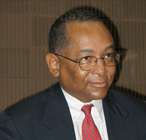
Trans-disciplinary Learning:
From STEM to S.T2.R.E.A.M.
Kenneth Wesson, Educational Consultant: Neuroscience
Columbus’ historic transatlantic journey in 1492 was driven as much by innovation as it was by exploration. Fourteenth and 15th-century art, design, engineering and innovative technologies made his expedition possible. Once the highly maneuverable “caravel” sailing ships were invented, the travel time between continents was cut in half, since the caravels were smaller, faster and easier to navigate than other large vessels at that time.
Other inventions including the mariner’s compass and the astrolabe made long range voyages both fast and feasible. Cartographers had become more sophisticated in their map-making accuracy and European printing techniques had taken a quantum leap forward thanks to Mr. Johann Gutenberg. Advances in mathematical procedures for estimating the Earth’s circumference gave greater precision to calculating global distances. The discovery of the New World constituted a prime example of the real-world synergies among science, technology, engineering, art and mathematics. However, Columbus’ impressive voyage has been academically quarantined inside the narrow confines of social studies, rather than viewed through a multi-disciplinary perspective where STEM content overlaps.
Today, problem solving in the “real world” requires integrated solutions, where science, language, mathematics, engineering, visualization, scientific reasoning, and technology are intermingled in various combinations, in a mixture of sequences, in different proportions and for disparate durations of usage. Similarly, the components of STEM, are best delivered in learning contexts where they merge into a “S.T2.R.E.A.M.” model for connected learning, where Science, Technology, Thematic instruction, Reading/Language Arts, Engineering, Art (visual/spatial thinking), and Mathematics converge in contexts that reveal what “human knowledge” is and how we know it to be so. Critical and creative thinking comes by way of one’s ability to mentally manipulate information and to do so from an assortment of divergent perspectives.
To capitalize on the finite number of hours in each school day, educators must expand the current STEM model to incorporate language, art and visualization. Developing visual literacy is an essential ingredient in engineering. “S.T.E.A.M.” adds art to the equation, while the skills of reading, writing, listening, and speaking are embedded in the S.T2.R.E.A.M. model, where each discipline is deployed intentionally to explain and comprehend its counterparts. These two curricular arrangements encourage us to cross traditional academic borders and provide bridges that overtly contribute to making the others comprehensible to our students.
Instead of attempting to enhance student learning through the conventional delivery systems (subject area isolation and rote memorization), S.T2.R.E.A.M. can help us reach our learning goals via situated learning where content information begins to resemble the stacked layers of a ½ inch hologram that has all of the appearances of a 3-foot deep image.
S.T2.R.E.A.M. is makes learning with rigor possible. Instead of merely mandating that more rigorous math and science standards be delivered in the traditional manner, to advance the STEM agenda in America faster and more permanently, we must take advantage of the synergistic nature of S.T2.R.E.A.M. Re-designing our daily curricula for coherence will extend the number of academic success stories where the constituent subject areas are learned well and applied often. If you have any lingering doubts, just ask Columbus.
Ariane Koek
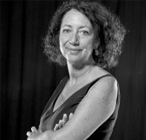
Cern: where art and science collide
Arts and science are similar in that they are expressions of what it is to be human in this world
Ariane Koek, Cultural Specialist/Arts Director at CERN
It is one of the fashionable arts movements of the moment. It is also one of the most troubled because the aesthetic is unsubtle and still evolving. With the seemingly giddy rise of the wonders of science in our culture, epitomised by the boyish Brit physicist Brian Cox’s blockbuster TV series, “Wonders of the Universe” on the BBC, arts/science (sometimes called “sciart”) is gaining ascendancy in the 21st century as a movement of influence and power.
Almost every week, across the world, exhibitions are opening that are billed as arts/science to cash in on this emerging trend, which is also driven by new funding possibilities from science in the current arts cash crisis.
But we are in the middle of a crisis of another kind—a reduction in the wonder of creativity itself, and the question of who controls it and how. Creativity, and where it comes from, is one of the last great human frontiers, and one over which we have little control, cash crisis or no cash crisis.
But there is a battle to do just that, and reduce creativity to a systematic formula in our function-obsessed, input-output, application-driven world. Artists are being driven to become scientific, from the moment they fill in a funding application predicting their final production.
Let me explain. I work in arts/science myself. So, you could argue, who I am to talk? After all, I have created an artists’ residency programme at Cern, the world’s largest particle physics laboratory and home to the large hadron collider. But it has at its heart the wonder of the creative process. It is not a residency which is process-driven or defined by an outcome; nor does it demand communication about or homage to the science.
I have deliberately set it up to be a laboratory of the imagination, where freeplay can happen. The science and the place are springboards of the imagination for the artists, not the destination, reason, mission or simulacra of production. When they apply, prospective artists may be asked to imagine a project they would like to carry out, but we fully expect that to change completely once they come to Cern—and who knows what will happen then? That’s part of the process.
This goes against the trends that can be seen in the arts/science aesthetic which has emerged from the 20th century, which contains, in my view, three very dangerous strands.
First, art as a communicator of science, where the artist represents the science to the outside world. This is, essentially, art as a publicity and communications tool, and can happen consciously or unconsciously when the artist becomes subsumed in the science. This is becoming critical in the current cash crisis, when artists are seeking new ways of funding their work and science promises new purse-strings.
Second, science as a means of production, where scientific methods, experimentation and technologies become the channel through which art is processed and made, subjugating the imagination to reductive processes.
Third, science as art – for example, when a snapshot of a cell is admired as beautiful or a chemists’ laboratory is found in an art gallery. Both instantly become art, “daringly” crossing the threshold of the arts/science boundary, but in reality saying nothing more than that. It is an intervention that leads nowhere.
But there is a fourth, more invisible, strand, where the arts and science are in fluid interchange—just as they were in the time of Leonardo da Vinci, when he moved easily between the two. Here, the disciplines are honoured for their similarities as well as their essential differences.
Let me explain this fourth and more subtle strand in full. Arts and science are similar in that they are expressions of what it is to be human in this world. Both are driven by curiosity, discovery, the aspiration for knowledge of the world or oneself, and perhaps, as the conceptual artist Goshka Macuga said on her recent visit to Cern, a desire for world domination. She was half joking.
But they express themselves in different ways: the arts through the body and mind, often driven by the exploration of the ego, contradictions and the sheer messiness of life; science through equations, directed, collaborative research and experimentation that works in a progressive, linear fashion.
As Dr Michael Doser, the experimental physicist on Cern’s cultural board for the arts, says: “What I find wonderful about working with artists is that they are just as fascinated by side routes and diversions as they are by the direction in which they are going. This is what makes artistic work really different from scientific work.”
These oscillations between sameness and differences form what I call the fourth aesthetic—the Leonardo way. Honour the differences and then amazing work, true arts/science work, happens. One example is Olafur Eliasson’s Your Split Second House, shown at the Venice Architecture Biennale in 2010, which took physics as its jumping-off point.
This installation of twirling water-sprays momentarily separated the drops of water under strobe lights. It is a piece about perception, and was inspired by thinking about how long it takes an astronaut to get out of a black hole. The answer is about a day. But to people who are not in the hole, the astronaut takes forever.
Or take the work of Mariko Mori, which is driven by engaging with opposites and the oscillations between the two: reality and fantasy, seriousness and humour, human and machine, technology and nature, science and religion. This is shown very clearly by Wave UFO, which is simultaneously an architectural piece, a scientific experiment in which the visitor’s brain waves become the work of art in a space-age pod, and a temple to meditation.
The piece is fueled as much by science and technology as it is by Buddhism and an investigation of religion. Critically, Eliasson and Mori are not so enthralled by the wonders of science that their work loses its wonder and integrity.
For nine months, I tracked a very confident young Swiss artist and astrophysicist working together on a residency. For four months, they were equally enthralled by each other. But then there was a turning point. The artist said to me: “The science is so amazing that I have to prove that I understand it and that I too have a brain.”
From that moment, I knew he was lost. The work he did at the end of the residency was at best a communications piece trying to explain what quantum fields were. Now, a year later, he has rediscovered his playfulness by regaining his distance from the all-intoxicating wonder of particle physics, and is starting to create great work again.
I will leave you with two quotes, one from an artist and one from a scientist, in order to practise what I preach: mutual respect, equal exchange and difference.
Albert Einstein: “The most beautiful experience we can have is the mysterious. It is the fundamental emotion which stands at the cradle of true art and true science. Whoever does not know it and can no longer wonder, no longer marvel, is as good as dead, and his eyes are dimmed.”
Keith Tyson: “If you attempt to marry and equate art with science, then you fail. If you allow what is not similar about art and science, and their different methods and processes, to co-exist and thrive, then a real art/science collaboration and aesthetic will emerge. But at the end of the day, art and science are united by one logic and one impulse—both are attempts to understand what it is to be human and the world around us.”
That’s why I call Collide@Cern, the programme I have created, Cern’s latest great experiment, colliding elements even more elusive than the Higgs boson: namely, human creativity and the imagination. It was founded to honour the creative process, and to keep science and the arts in an equal balance of wonder—and apart, too. Let’s just have spaces for this to happen, and let the magic and the mystery—those chance operations the great John Cage talked about—occur.


